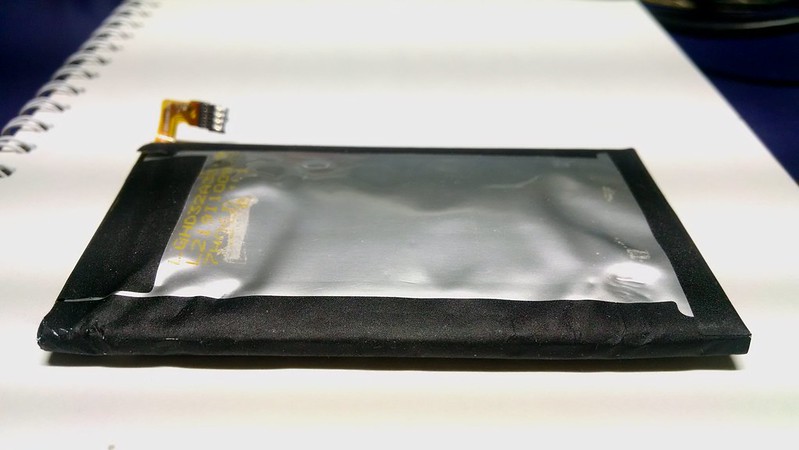Gee, ain’t that swell.
Trending on Twitter recently is the phrase “PSP battery“. Why is a topic about a 15 year old handheld suddenly trending? Well, alarmingly, many users are reporting that their batteries have begun swelling, indicating a possible battery failure.
But why do these batteries swell in the first place? In these cases it’s from lack of use over time. There are a few reasons why lithium-ion batteries, such as those used in a large majority of electronics today, could swell including overcharging conditions leading to a release of heat and gases; mechanical damage; deep discharge; exposure to extreme temperatures, like leaving your phone inside your car; and poor build quality.

Deep discharge of cells means that the charge level of the battery is so low that it begins to fail internally. The source linked above has a more technical explanation, but basically the internal materials of the battery begin to interact in a way that forms gas. Most batteries are sealed to be air-tight, so gas can’t escape, thus leading to swelling.
At that point in a battery’s life, the only option is to safely dispose of it — not by throwing it away (it could rupture!), but by taking it to a battery recycler that can handle it properly. A punctured or ruptured swollen battery can easily lead to a fire or even a small explosion, like in the video below:
The easiest way to prevent this is to charge unused devices once every one or two years. This will keep at least some level of charge within the batteries and prevent future bloating. However, if you find the battery is already swollen, do not charge! The possibility of fire or explosion is increased greatly once it is in that state.
Now if you’ll excuse me, I’m off to check on my old Nintendo DS…